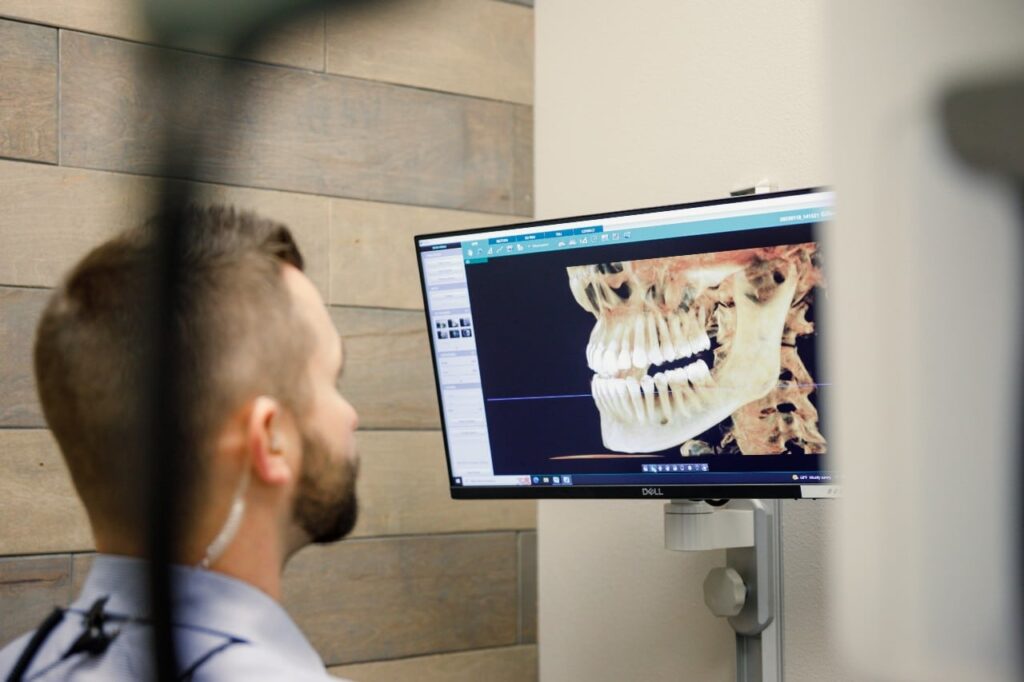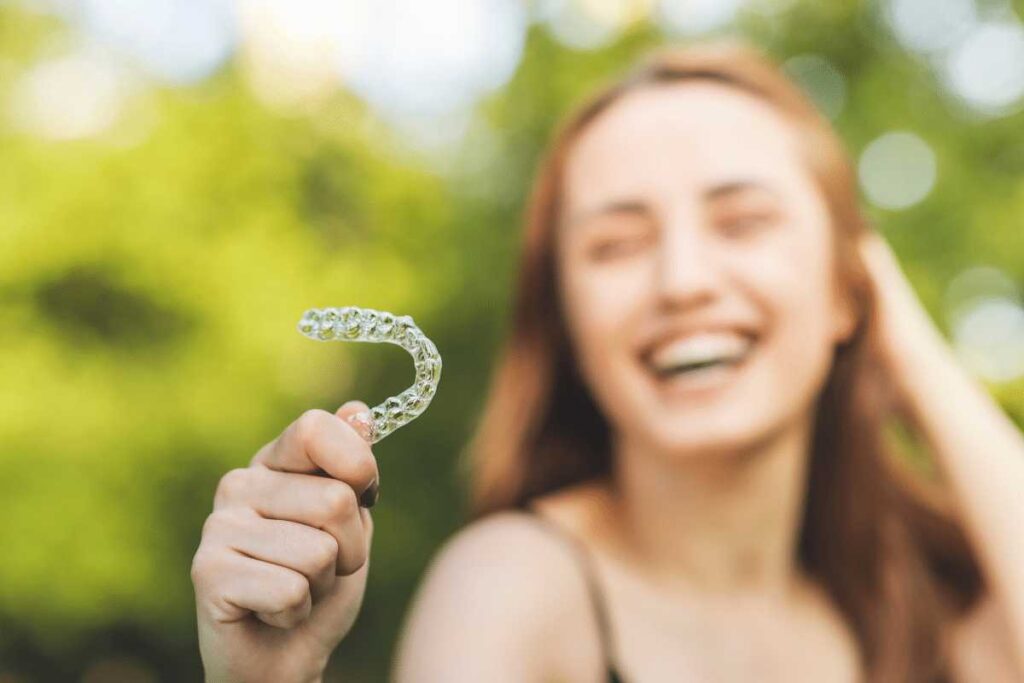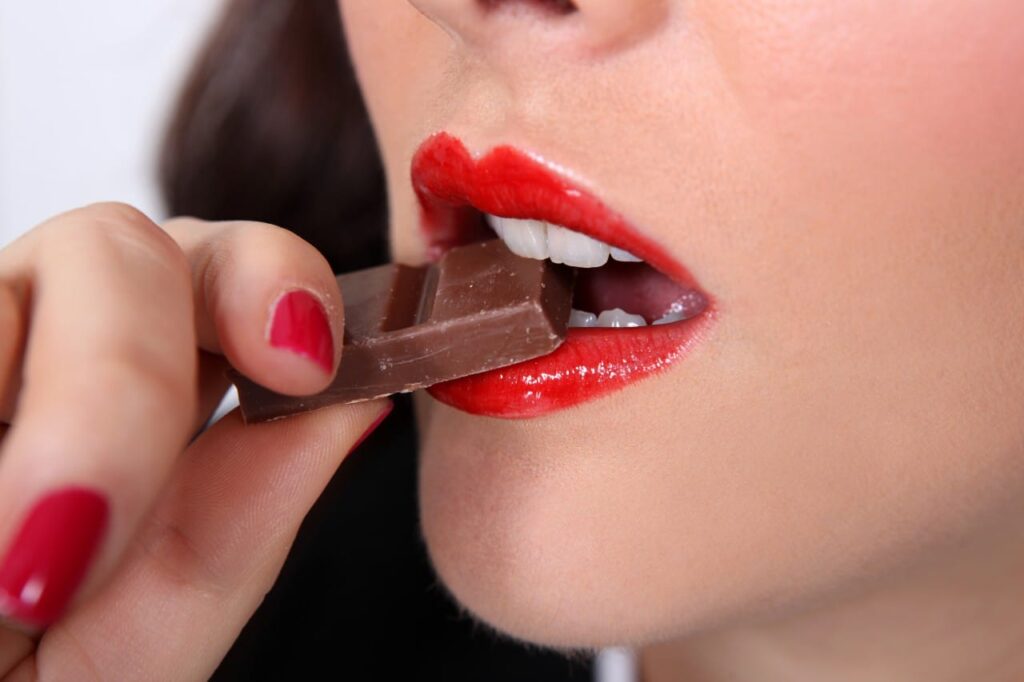Use It or Lose It – End of Year Dental Insurance FAQ

Whether you are single, a spouse, or a parent, as we approach the end of the year, now is the time to take advantage of any medical benefits that are still left on the table, including dental insurance benefits. Many individuals are unaware of their dental plan benefits and let them expire at the end […]
10 Tips for Maintaining Good Dental Care: How to Keep Your Teeth and Gums Healthy

Nothing says confidence like a big, beautiful smile. Maintaining a consistent dental care routine is vital to keep your teeth and gums healthy throughout your life. Your mouth is a crucial checkpoint to the health of the rest of the body, not just your teeth. When you maintain good oral health, you are boosting the […]
Common Dental Problems and How to Prevent Them

Your smile is one of the first attributes someone will notice about you. To keep your mouth and teeth healthy and beautiful, taking excellent dental care of yourself is critical. Unfortunately, dental problems are pretty common. That is why we are sharing with you the most common dental problems and how to prevent or treat […]
Nothing but the Tooth: FAQ’s Regarding Your Child’s Teeth

At what age should I bring my baby in to the dentist? As a general rule, it is best to bring your baby in once they get their first tooth. This establishes a routine and reduces dental anxiety later on into the toddler years. It is then strongly encouraged to take your child for a […]
How do I keep my teeth straight after Braces?

It is such a wonderful feeling to have a beautiful smile after you’ve just completed your orthodontic treatment! One of the most critical stages of your orthodontic treatment is just starting — the retention/retainer stage. Retention is the process of ensuring that you keep that new smile and your teeth don’t move back toward their […]
How to Beat a Sugar Addiction

Sugar is a sneaky, addictive substance and making the break from it isn’t always as easy as just making the decision to stop. It’s helpful to understand what sugar does to our bodies, physically and emotionally, to put an effective sugar-kicking strategy in place. Having just a small amount of sugar creates a desire for […]
